LIB 36.9%
Incumbent MP
Barry O’Farrell, since 1999. Previously Member for Northcott 1995-1999.
Geography
Northern Sydney. Ku-ring-gai covers western parts of Ku-ring-gai local government area, and a small part of Hornsby Shire. It covers the suburbs of Wahroonga, Warrawee, Turramurra, Normanhurst, West Pymble, and parts of Gordon, Killara and St Ives.
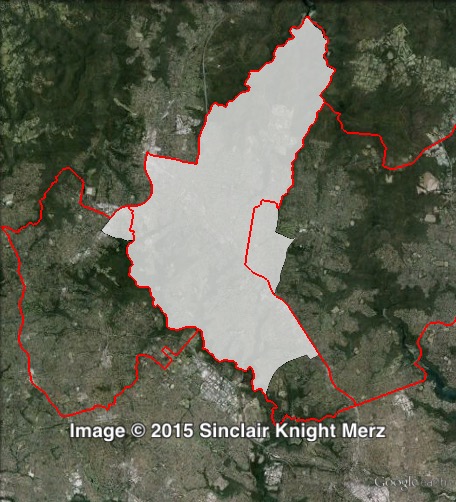
Redistribution
Ku-ring-gai shifted north, losing West Lindfield to Davidson, gaining parts of St Ives from Davidson and parts of Thornleigh from Epping. These changes cut the Liberal margin slightly from 37% to 36.9%.
History
The district of Ku-ring-gai has existed since 1973, and it has always been held by the Liberal Party.
It was first won in 1973 by John Maddison. Maddison had been Member for Hornsby since 1962, and Minister for Justice since 1965. He continued serving as a minister until the government lost power in 1976. He retired in 1980.
The 1980 Ku-ring-gai by-election was won by Liberal candidate Nick Greiner. He had previously attempted unsuccessfully to win the seat of Willoughby at the 1978 election. Greiner became Liberal leader in 1983, and at the 1984 election he substantially reduced the ALP government’s majority in the Assembly.
Greiner led the Liberal-National coalition to victory with a massive landslide at the 1988 election. He won re-election in 1991, but without a majority in the Assembly. He was forced to resign in 1992 over accusations of corrupt behaviour.
Stephen O’Doherty won the 1992 Ku-ring-gai by-election for the Liberal Party. He was re-elected in 1995.
Prior to the 1999 election, the boundaries for the area were redrawn, with Ku-ring-gai moving south, and the seat of Hornsby being restored in areas previously included in Ku-ring-gai. O’Doherty moved to Hornsby, while the member for the abolished seat of Northcott, Barry O’Farrell, moved to Ku-ring-gai. O’Doherty held Hornsby until his retirement in 2002.
O’Farrell had been State Director of the NSW Liberal Party from 1992 to 1995, when he won the seat of Northcott. O’Farrell was appointed to the Opposition frontbench in 1998, and after the 1999 election he was elected Deputy Leader of the Liberal Party.
When Kerry Chikarovski was replaced as leader by John Brogden in 2002, O’Farrell was also replaced as Deputy Leader, but he was restored to the role after the 2003 election.
After Peter Debnam led the Coalition to another election defeat in 2007, O’Farrell was elected as Liberal leader.
Barry O’Farrell led the Coalition through the last term of the Labor government, and in 2011 was elected Premier after a landslide to the Coalition.
O’Farrell resigned as Liberal leader and Premier in April 2014. He announced his retirement from Ku-ring-gai in November 2014.
Candidates
Sitting Liberal MP Barry O’Farrell is not running for re-election.
- Len Gervay (No Land Tax)
- John Archer (Christian Democratic Party)
- Alister Henskens (Liberal)
- David Armstrong (Labor)
- Pippa McInnes (Greens)
Assessment
Ku-ring-gai is the safest Liberal seat in New South Wales. The Liberal Party should have no trouble retaining the seat despite O’Farrell’s retirement.
2011 election result
| Candidate | Party | Votes | % | Swing | Redist |
| Barry O’Farrell | Liberal | 33,061 | 72.7 | +7.1 | 72.8 |
| Susie Gemmell | Greens | 6,395 | 14.1 | +0.9 | 13.9 |
| David Armstrong | Labor | 3,590 | 7.9 | -5.9 | 7.9 |
| Witold Wiszniewski | Christian Democrats | 948 | 2.1 | -1.2 | 2.1 |
| William Bourke | Save Our State | 952 | 2.1 | +2.1 | 1.9 |
| Alexander Gutman | Outdoor Recreation | 536 | 1.2 | +1.2 | 1.0 |
| Others | 0.5 |
2011 two-candidate-preferred result
| Candidate | Party | Votes | % |
| Barry O’Farrell | Liberal | 34,212 | 81.3 |
| Susie Gemmell | Greens | 7,858 | 18.7 |
2011 two-party-preferred result
| Candidate | Party | Votes | % | Swing | Redist |
| Barry O’Farrell | Liberal | 34,904 | 87.0 | +8.0 | 86.9 |
| David Armstrong | Labor | 5,236 | 13.0 | -8.0 | 13.1 |
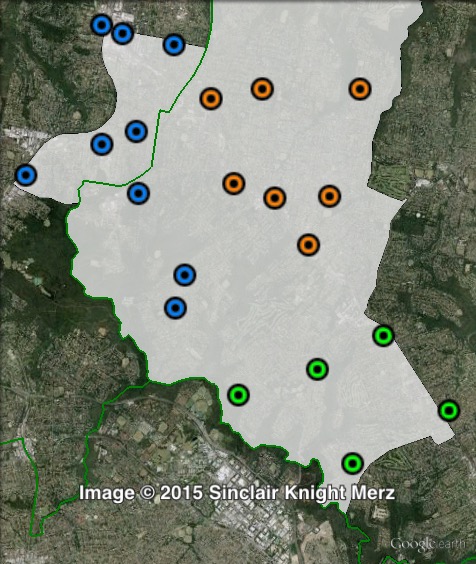
Booth breakdown
Booths in Ku-ring-gai have been split into three parts: north-east, north-west and south.
The Liberal Party won a large majority of the primary vote in all three areas, ranging from 65.9% in the north-west to 77.4% in the north-east.
The Greens came second in all three areas, with a vote ranging from 12.1% in the north-east to 16.7% in the north-west. Labor’s vote ranged from 5.6% in the north-east to 11.3% in the north-west.
| Voter group | LIB % | GRN % | ALP % | Total | % of votes |
| North-East | 77.4 | 12.1 | 5.6 | 15,533 | 33.8 |
| North-West | 65.9 | 16.7 | 11.3 | 10,838 | 23.5 |
| South | 72.7 | 14.0 | 7.2 | 8,729 | 19.0 |
| Other votes | 72.9 | 13.6 | 8.3 | 10,925 | 23.7 |
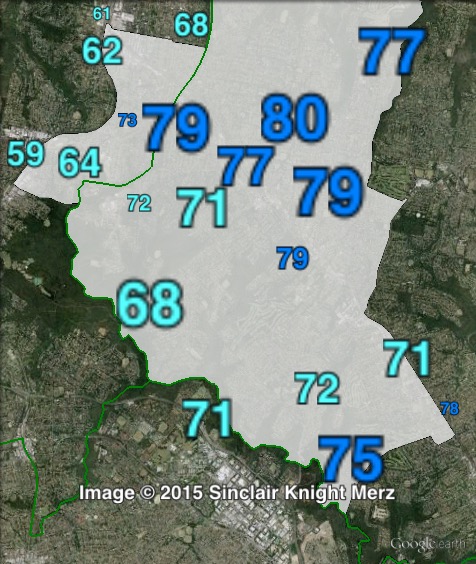
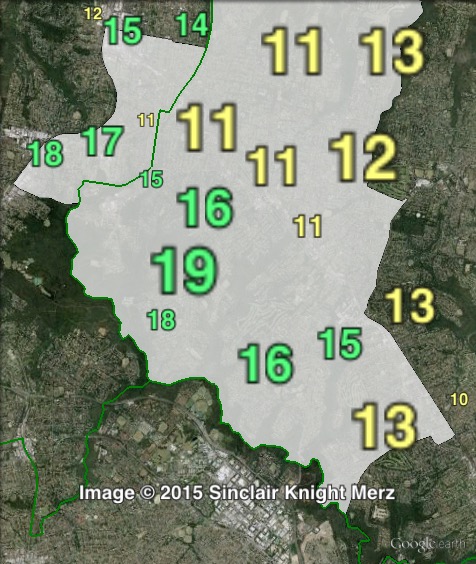
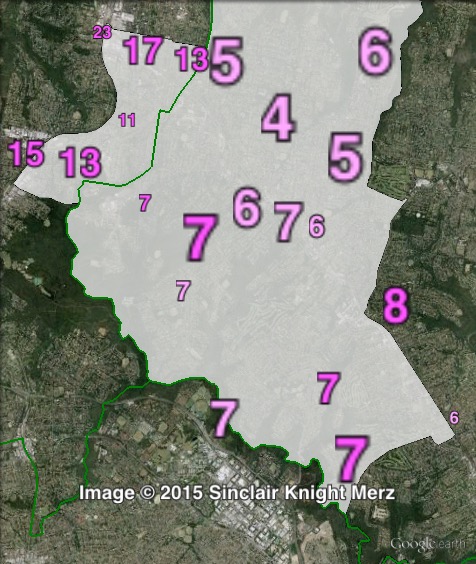


Are we taking bets on who will come 2nd here?
Daylight.
I would think, unless there’s a specific Greens focus on trying to retain 2nd spot, that Labor will probably regain 2nd spot in most of the north shore seats and Vaucluse.
I notice this seat went to preferences once in its history, in the 1992 by-election when O’Doherty won with a 55-45 2CP over serial candidate Mick Gallagher.
Gallagher has been a longtime councillor on Hornsby Shire Council and served some time as Mayor. He has his quirks but overall he’s been honest and certainly never a proxy for certain developers. The 1992 Ku-ring-gai by-election was the only time that he was ever any “show” of being elected to State parliament. Had the election been for the then abolished seat of Hornsby then he would most likely have been elected but the Ku-ring-gai section saved the hindquarters of the miserable O’Doherty.
The re-distribution prior to the 2007 State election took the northern boundary north of the F3 and into central Hornsby itself which sometimes very marginal territory. This redistribution, which in turn forced Hornsby west of Galston gorge into Galston & Dural probably “nixed” any future chance of Labour ever winning Hornsby after it had been very marginal (2.7% after 11+%swing in 99 & 3% in 2003).
I also agree with Labor retaking second place, can’t see why they wouldn’t. Kicking off my predictions, this will be an easy Liberal hold.
Geez, look at those dirt common plebs in Waitara and Thornleigh….only giving the Liberals 60-65% of the primary vote…………